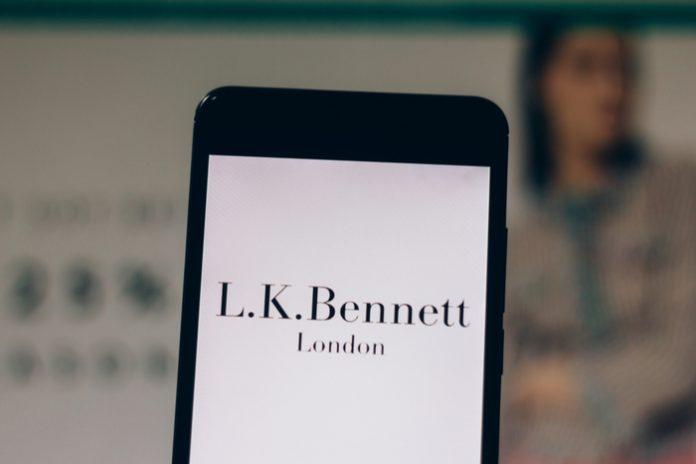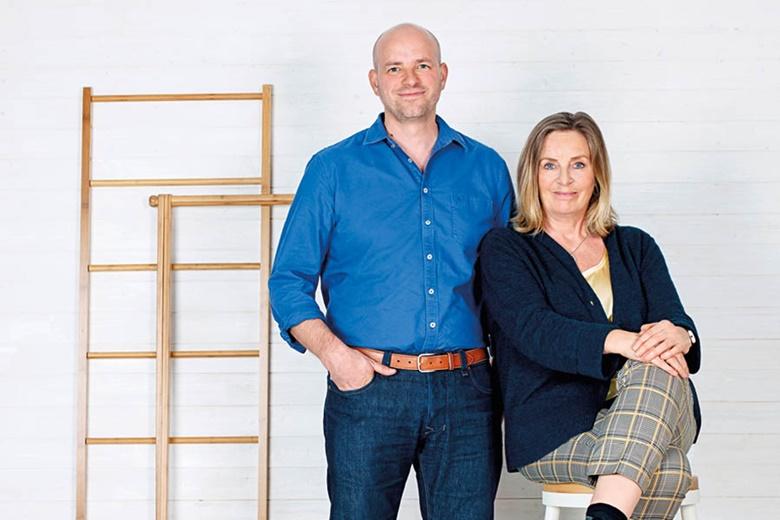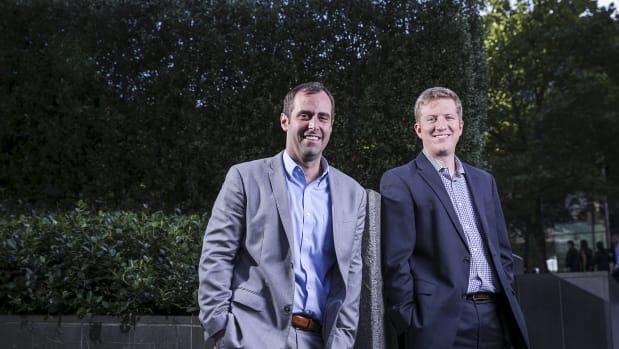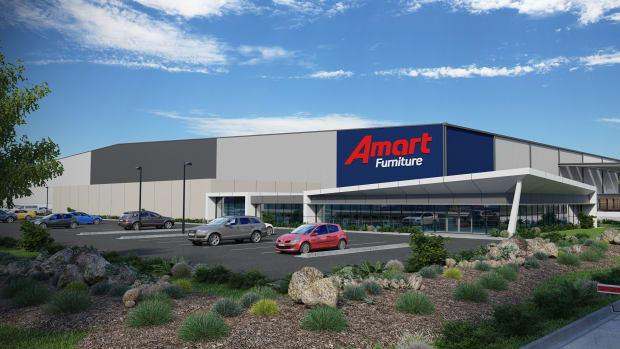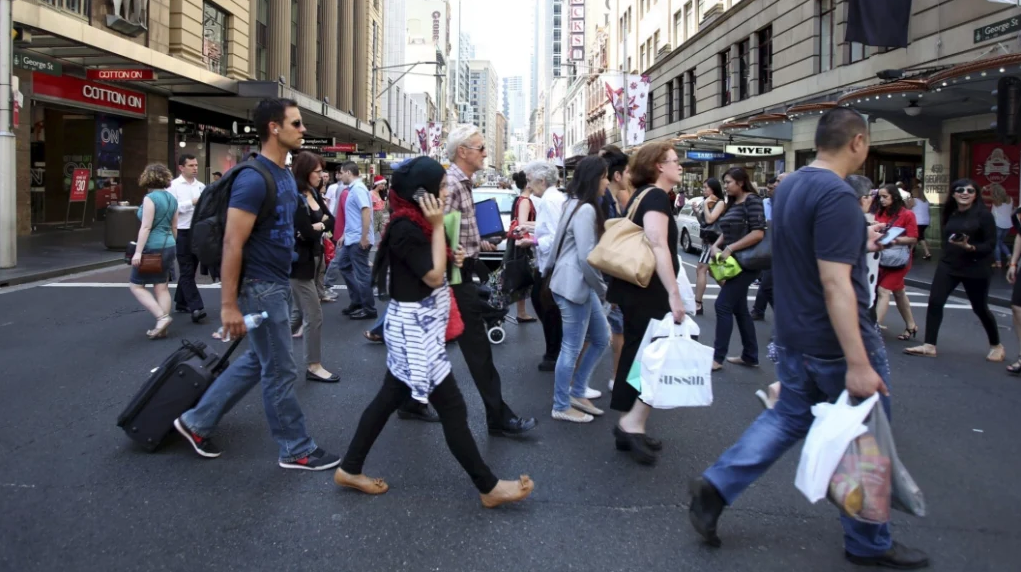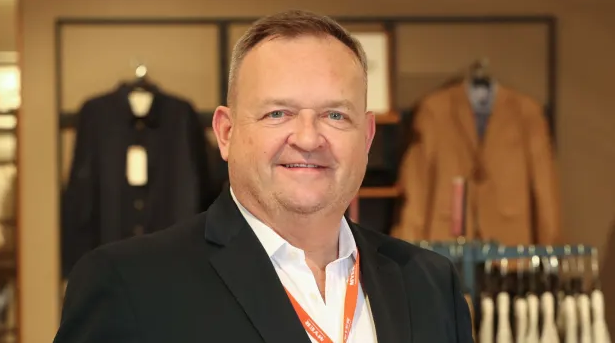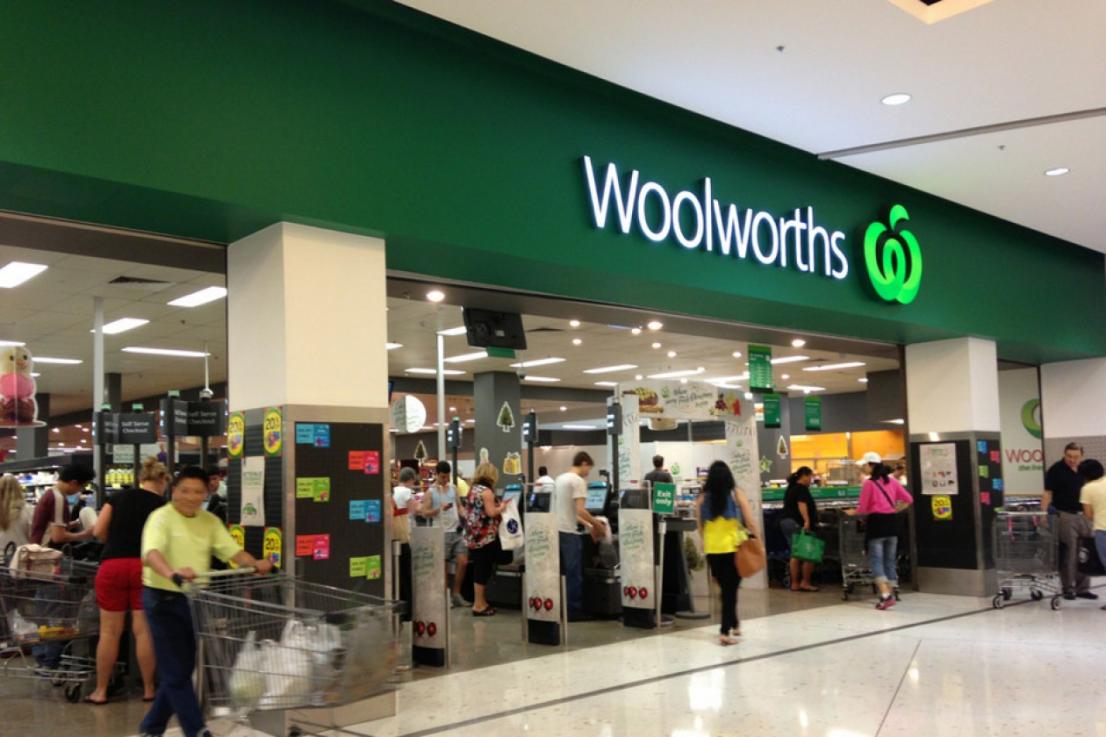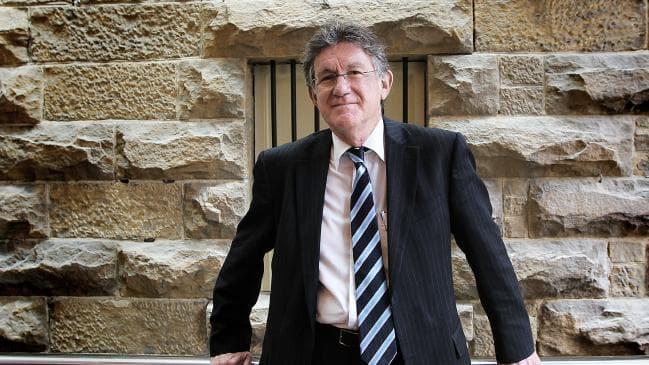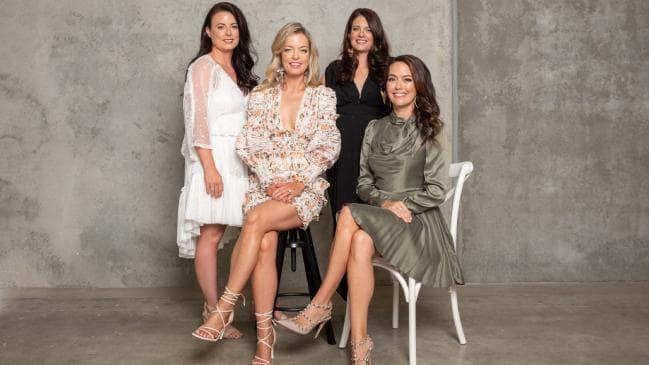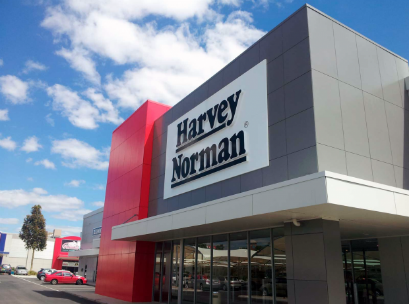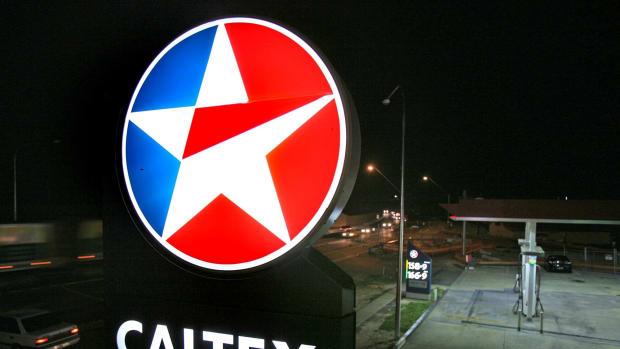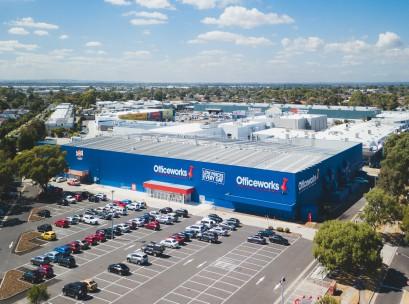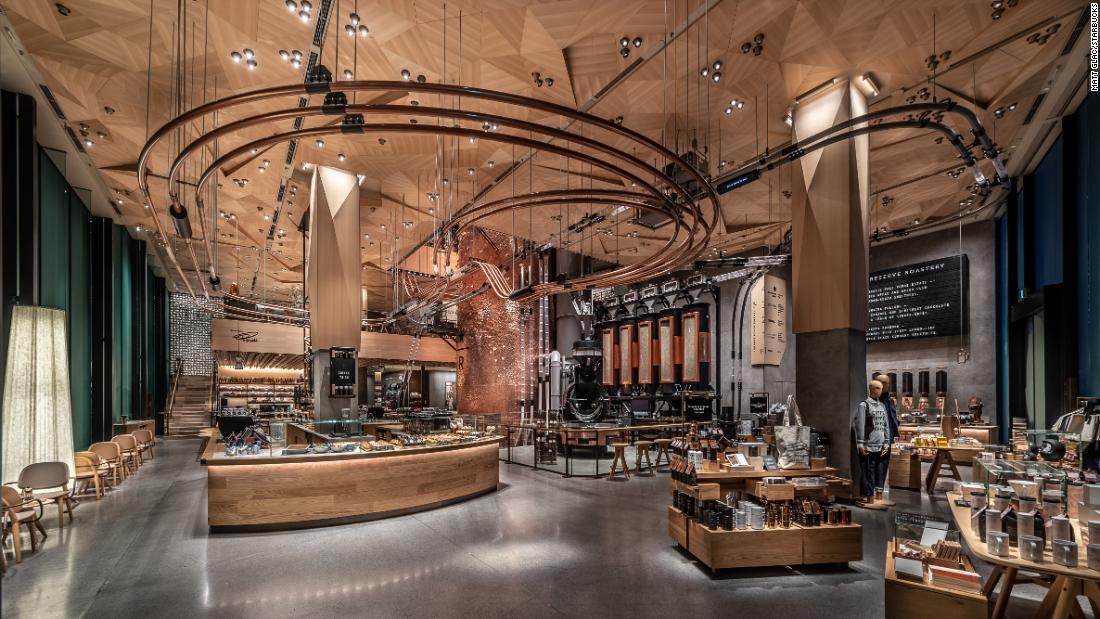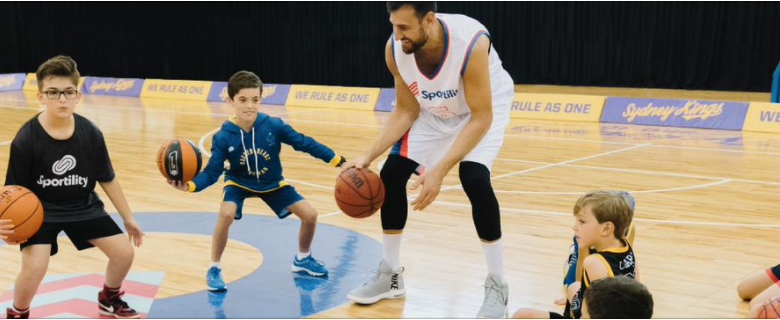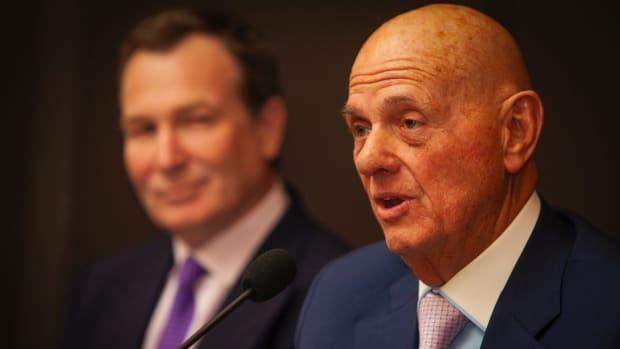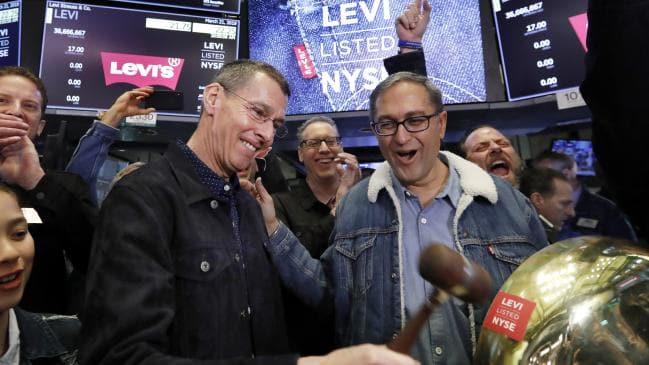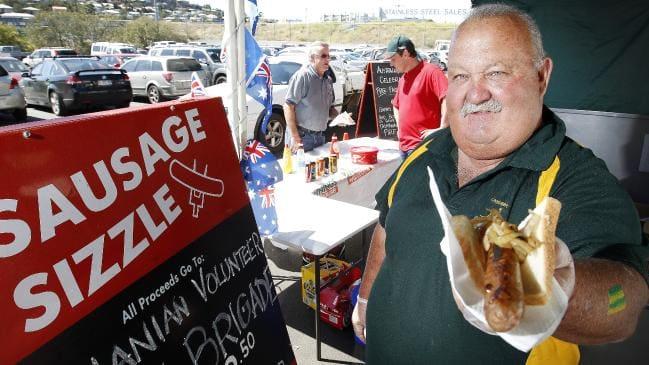
Bunnings reckons every customer who walks into its stores will spend $150,000 over their lifetime. It’s a stretch but a powerful tool when teaching staff that the person buying a couple of nails is worth more than the $3 being spent that day.
Each person has a much bigger value over a lifetime for the store as they mature — from a child making a cubbyhouse to a home builder working on the deck or painting the house.
More than 70 per cent of the 10 million homes in Australia are more than 20 years old, so they need some work, while the 450,000 homes being built each year need outdoor furnishings and plants.
Its boss, Mike Schneider, has his mind set on grabbing a bigger share of what he calls the commercial market, which includes the tradesmen who are tied to the likes of plumbing retailer Reece, but can be courted by Bunnings.
The reality is that Bunnings is the nine hundred-pound gorilla in its space, which is why Schneider keeps releasing graphs showing Bunnings has only 19 per cent of the so-called home and lifestyle commercial market.
The last thing he wants is for the ACCC to think he is the dominant player in the market.
Depending on how big a slowdown we get, that power may well be tested, because the reality is with $13 billion in revenues, $1.6bn in earnings and 11.7 per cent margins on JPMorgan’s numbers, Schneider can withstand a little pain.
Not so a struggling supplier or rival specialist, so any downturn is the ideal time for Schneider to flex his muscles.
If the Bunnings person knocks on the door with a tempting offer when the specialist plumbing firm has done it tough for a couple of years, suddenly that will look very attractive.
The Bunnings competition pitch, of course, is that it has but a fraction of a much bigger market.
The push into the trade market is being worked through companies such as the hipages group, established 15 years ago by David Vitek and Roby Sharon-Zipser.
Their website helps you find a tradesperson in your neighbourhood at the right price.
If a toilet costs $300 and another $500 to install, then rather than letting the tradie mask the price, Bunnings will advertise instead a package deal — a fixed $800 so everyone knows where they stand.
And Bunnings wins, too — it gets to sell more toilets.
Bunnings will roll out more products online as it broadens its offering to try to maximise sales through as many channels as possible.
The big prize is the trade market, which is in part help by product specialists such as Reece.
Bunnings has a Power Pass card that lets tradies stock up on goods and then skip lining up at the cash register by simply swiping their card.
There are still a number of product ranges that Bunnings has yet to conquer, such as flooring, in which it has less than a 5 per cent share, kitchens (less than 10 per cent), bathrooms (less than 10 per cent) and window dressings (less than 10 per cent).
In round terms Bunnings retail generates $9 billion in revenues each year, while the commercial market is worth $4 billion.
Schneider showcased his plans to the market this week and given he accounts for 50 per cent of Wesfarmers’ earnings and 44 per cent of revenues, Wesfarmers boss Rob Scott will be cheering him on.
Xenith boss’s green light
Xenith chairman Sibylle Krieger has made her decision and will proceed with an April 3 vote on the proposed $1.73-a-share scrip merger with fellow patent lawyer Qantm.
This is a brave call given IPH has a $2-a-share bid on the table for Xenith, which includes $1.30 a share in cash.
That deal was subject to ACCC clearance in May, by which time, if all goes to plan, shareholders will have already approved the Qantm deal and the IPH offer will be dead in the water. That, of course, depends on the vote in next month’s meeting, so the ball is now in the shareholders’ court.
The Xenith board had rejected the IPH offer as inadequate.
The ACCC yesterday said Xenith and Qantm can merge with a combined market share of 30 per cent to be the market leader ahead of IPH on 22 per cent.
This suggests that in early May, it will also approve the IPH bid for Xenith, which would give the combined firm 37 per cent of a wide open market.
IPH earns 40 per cent of its income in Asia, which explains why it has a market value of $1.3 billion against about $300 million for Xenith.
IPH wants the Xenith vote delayed until May 3 to give shareholders a choice but Krieger and her comrades have rejected this suggestion.
However, that is not a good decision, because shareholders should be given the opportunity to choose — but now Xenith shareholders don’t have an option to walk.
That may explain why Xenith closed down 1.7 per cent at $1.80 on the ACCC clearance — which was actually good news.
Banks’ differing paths
Westpac’s decision to hive off its financial advisory unit to Viridian has definite appeal from the bank’s perspective but is it really in the customer’s best interest?
That is a somewhat surprising question as the big banks work overtime to meet remediation demands and follow Westpac’s Brian Hartzer on the road to simplicity.
Historically, banks have proved very good at taking your money but not so good at giving it back but in the post-royal commission climate, customers are on a new, hopefully sustainable, pedestal.
Just how to get there depends on the bank.
NAB’s Phil Chronican thinks it’s all about reliability — doing what the customer expects and doing it well.
Hartzer thinks it’s all about knowing your customer’s aspirations and helping them achieve those aims.
Hartzer argues the bank is good at products but advice is not so suited to a big bank — in part because it is a bespoke art and given compliance rules the most one adviser can handle is 100 customers.
Big banks like saleable businesses.
If you are a big bank customer now you can be almost assured that dodgy financial advice will be remediated, because as tattered as big bank reputations may be, they want to show they are sticking with the customer.
Viridian, the house taking on the Westpac advisory arm, will have the same commitments, or maybe better, to customers.
But it doesn’t possess the same financial resources as a NAB or a Westpac and so arguably in their drive to simplicity, banks are dudding customers.
Theoretically they are not because they are separating a heavily conflicted division but practically speaking it may be the customer will miss the big bank muscle.
